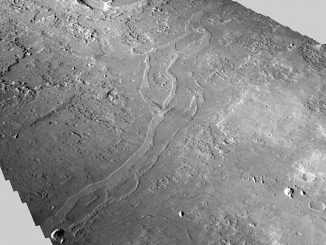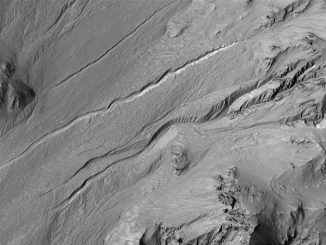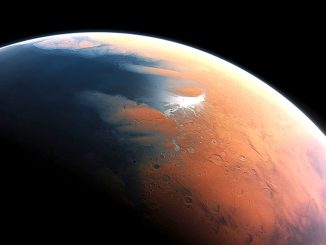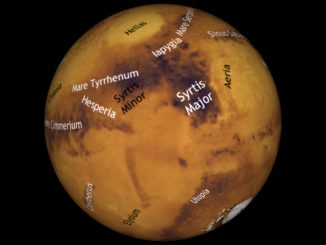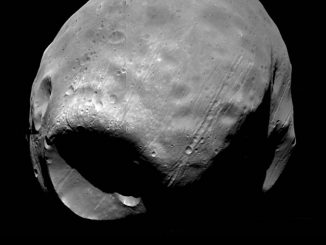
How Martian moon Phobos became the ‘Death Star’
The dominant feature on the surface of Mars’ largest satellite, Phobos, is Stickney — a 9-kilometre-wide mega crater that spans nearly half the moon. The crater lends Phobos a physical resemblance to the planet-destroying Death Star in the film “Star Wars.” But over the decades, understanding the formation of such a massive crater has proven elusive for researchers.

